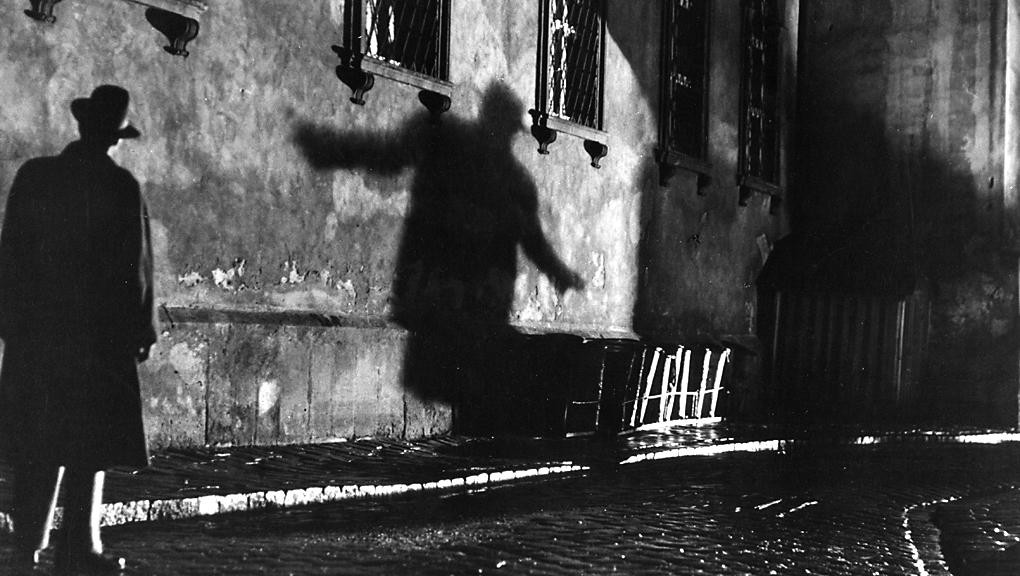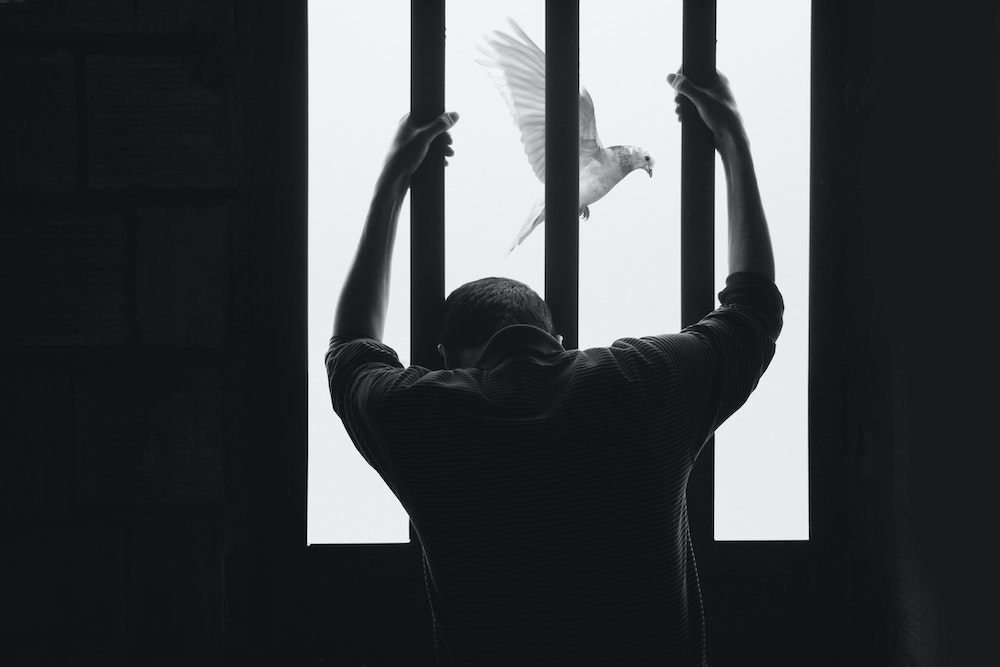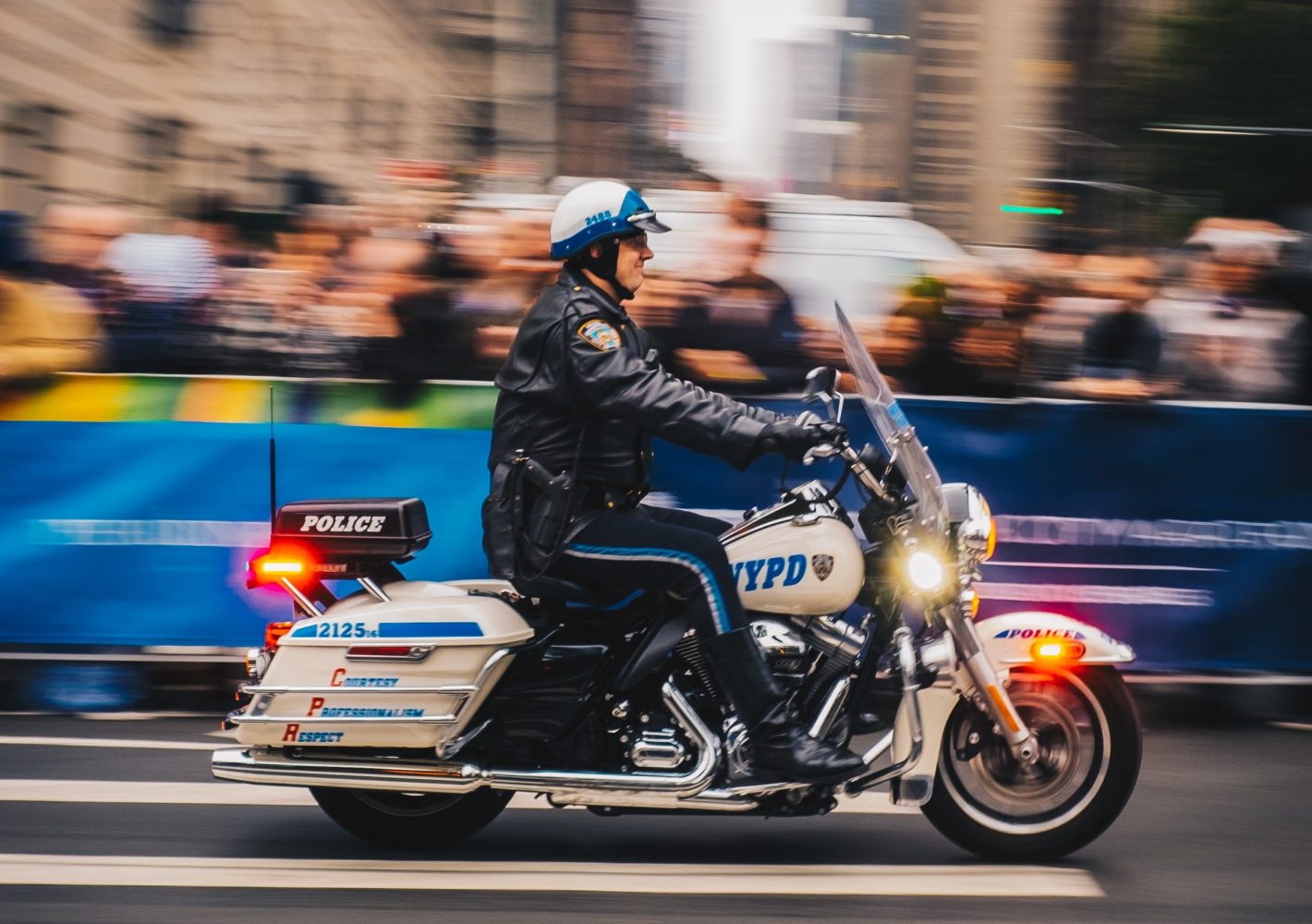essays
Noir is Protest Literature: That’s Why It’s Having a Renaissance
by Nicholas Seeley

Noir is everywhere these days. The kind of hard-hearted crime stories that arose in pulp magazines and Hollywood films of the mid-20th century are achieving a cultural prominence they’ve not had in decades — best exemplified by the popularity and cachet of TV series like Breaking Bad and True Detective, but including a variety of other books, films and comics. More than this, the images and tropes of that classic noir have melted into the broader culture, and are now re-appearing in a broad swath of works, in many genres — from the urban fantasy of Richard Kadrey’s Sandman Slim to the YA of Chelsea Pitcher’s The S-Word. The modern re-invigoration of the Western, from Unforgiven through Deadwood, can be seen as injecting the classic cowboy film with ideas and images from noir; as can the re-invention of the comic book hero that was launched in the 1980s with The Dark Knight Returns and Watchmen and reached its grunting, incoherent anti-climax last month in Batman vs. Superman.
What is it about crime films and novels from the 1940s and ’50s that calls to us so strongly? True, we are also drowning in superheroes, wandering dumbly through an endless series of post-apocalypses, smothered by the advances of paranormal romance… Each of these gluts derives, in part, from the scope of today’s near-infinite media universe, which offers space for just about anything to have a renaissance, but to the degree it includes mainstream as well as cult success, each also taps into specific cultural desires and anxieties of the moment. There are reasons why noir was powerful to begin with, and why it’s coming back now.
By “noir,” I mean something more than a general tone of bleakness and dysfunction. In his foreword to The Best American Noir of the Century, genre sage Otto Penzler rather caustically remarks that “noir is not unlike pornography, in the sense that it is virtually impossible to define, but everyone thinks they know it when they see it.” He goes on to describe a nihilistic genre about monstrous people “doomed to hopelessness” by their own appetites. Penzler’s noir is compelling — if you haven’t read the collection in question, do so — but I think there are broader definitions that more fully encompass the challenge early 20th century noir posed to the literary status quo, and help explain the genre’s popularity today.
Anglo-American fiction evolved in the grip of a controlling public morality, which demanded the representation of behavior only within certain socially acceptable lines. The classic crime story, the kind written by Sir Arthur Conan Doyle and Dame Agatha Christie, is the whodunit: it takes place in an essentially orderly universe, with a common understanding of good and evil. Crime here is a dangerous anomaly, but order can be restored by a hero-detective who investigates and, eventually, unmasks the criminal: revealing evil for what it is, giving it a physical location in an individual, and in the process, re-affirming the innocence of the other characters.
Noir, as it emerged in the middle of a violent century, said to hell with all that. Its world was chaotic, baroque and hypocritical. Crime doesn’t disturb this world, it’s foundational to it. Noir stories gave the stage to criminals and their motivations, which range from unspeakable passions to a firm conviction that their particular crime serves a greater good. A detective may pursue such a criminal, but noir reveals the line between them to be a product of chance and circumstance — if, indeed, such a line exists at all.
In noir, the problem is not an individual: the problem is the world.
Penzler, like some other scholars, leans toward keeping noir for the bad guys, and excludes from the genre the very detective stories that are most associated with it: Philip Marlowe and Sam Spade and Mike Hammer are relegated to a separate category of “hard-boiled,” because they have a core of decency that makes them too close to “white knights.” Penzler has a point, but I see other aspects of those detective characters as more important than their (arguable) virtue. They work for money, not a cop’s sense of duty or a superhero’s great responsibility. Their decency is usually a struggle, and attempts at chivalry are often reluctant, hypocritical, costly — or all three. But most important is their ultimate powerlessness. They may catch a criminal, but their investigation reveals deep-rooted evils they are unable to change. In noir, the problem is not an individual: the problem is the world. Institutions are corrupt, public moralities hypocritical, the watchmen un-watched. One person may pull a trigger, but that act is part of a sprawling web of mendacity and exploitation. No one gets away clean.
It is ironic that the visual signature of noir has been so defined by silhouette and stark black-and-white, when the genre’s true colors are shades of gray. It posits a world of complexity and interdependence, in which humans are incapable of functioning as the autonomous moral actors we want to be, because our every choice is influenced by distant and unassailable systems of power. If the superhero archetype was the aspirational counter-force to 20th century nihilism (some would call it wish fulfillment), noir was the opposite: a determined attempt to stare into the abyss we were creating, to acknowledge this thing of darkness as ours.
When Dashiell Hammett’s nameless operative brutalized criminals and civilians alike in the service of the Continental Detective Agency, he launched a frontal assault on the bizarre dreamland that popular culture had been forced into by the guardians of public morality. No more good-hearted-if-irascible detectives who always get their man, usually from the comfort of an armchair. The Op and his successors — Frank Chambers, as well as Philip Marlowe — demanded that literature represent a universe more like the one we live in than the one we imagine for ourselves.
Noir was powerful because it was a tiny bit true.
But then, it faded. Perhaps, in part, it was the cultural revolution of the 1960s and ’70s, when, for a moment, it seemed that victory over the forces of Old and Evil was possible. (I believe there were other reasons as well, which I’ll get to in a moment.) But today, noir has returned with a vengeance, and it’s easy to see why. Even as social and political revolutions have failed, the media revolution has succeeded. In an expanded world of internet and mobile technology, we are more aware than ever of the webs of power, money and influence that ensnare us, their global tendrils connecting us to people all over the planet. Yet more than ever we are powerless to influence the powers-that-be, change the system, or hold the corrupt to account. Add to that the nostalgia inspired by rapid change, and the proliferation of media and markets, and it seems clear why we look back to noir heroes and antiheroes: doomed losers, perhaps, but ones who could look the corruption in the face without flinching. There is, for me, no clearer marker of the noir moment in our popular culture than the UK TV series Sherlock, which tries (with very uneven success) to re-imagine Sherlock Holmes, the elite icon of the whodunit, the Superman of detectives, as a noir figure.
…a moment when noir could realize its original promise, or could melt away into so much kitsch…
As someone who re-reads The Black Dahlia every year, I’m predisposed to see the return of noir as a good thing. But I also recognize it as a turning point: a moment when noir could realize its original promise, or could melt away into so much kitsch. Noir tropes lose their power when they stray too far from their message: shorn of the impetus to address moral complexity and social injustice, they become parodies of themselves, just a lot of fedoras with nothing inside them.
Sadly, many of today’s noir-influenced entertainment products have exactly this problem. Modern noir can aspire to real relevance only to the degree that it returns to what noir always meant to be: a vehicle of protest and deconstruction, a weapon against entrenched and invisible systems power and privilege, a haven for unheard, angry voices.
Western literature in general has an inclusion problem (to put it gently), but in the case of noir it is particularly ironic. Here was the ideal vehicle for making visible and attacking those power imbalances that entangle us all, particularly racism and sexism. But that never happened. Classic noir presented worlds of corruption and inequality, but it was still primarily inequality between white men. Women remained cutouts: luscious objects of desire, their mystery no more than the question of whether they would prove to be princesses awaiting rescue, or seductive sirens waiting to drag you to hell or the gas chamber. Racial and sexual minorities fared even worse: they were cast mostly as set dressing, or as villains, tempting innocent white people into depravity. (Consider for a moment how even the name, noir, defines the world: through the absence of whiteness, i.e., goodness, purity, heroism. Racism masquerading as English: this is how tight the net is drawn around us.)
…the longer noir remained a white boy’s club, the more it stultified.
To my mind, noir’s failure to offer a mainstream voice to all those oppressed and entrapped by power was what truly sent the form into decline in the 1960s, and began its long sparring match with irrelevance. The genre of Cain and Hammett just had less to say to a racially and sexually diverse counterculture. And the longer noir remained a white boy’s club, the more it stultified.
Today it has a second chance — assuming it continues to draw in and cultivate new and challenging voices. This is already starting: I’m thrilled to see a growing number of bleak and hard-hearted crime stories being created by and about women. (I don’t have numbers, but I believe women have long been better represented in mystery and crime writing than in many other genres — noir and hard-boiled, though, were hold-outs, a last clubhouse for the “man’s men.”) Denise Mina has been one of the most powerful voices in modern crime writing since the late 1990s. Her bleak, brutal stories eschew noir tropes, but exist in truly noir worlds, where female protagonists struggle to solve crimes in the face of mental illness, gender and class discrimination. Megan Abbott has spent a decade writing classic hard-boiled tales in the vein of James M. Cain, but with women in all the big roles. Veronica Mars changed the pop-culture landscape with its melange of high-school drama with a genuine noir sensibility, and paved the way for today’s Jessica Jones, another genre-bending noir, this time with a female showrunner, Melissa Rosenberg.
At the same time, the genre, particularly where it intersects the mainstream, is still blindingly white and Anglo-centric. There are a few lights on this horizon. The poet, professor and activist Mũkoma wa Ngũgĩ (son of Kenyan literary icon Ngũgĩ wa Thiong’o) has written a pair of crime novels featuring detectives — one African-American, one Kenyan — who team up to unravel international webs of deceit and post-colonial violence. The Indian poet Jeet Thayil’s Booker-shortlisted Narcopolis, while not previously categorized as such, is an amazing work of modern noir, a story of murder, betrayal, transformation and addiction in Mumbai’s drug culture, with atmosphere so thick you can smoke it. Franco-Vietnamese writer Aliette de Bodard writes science fiction and culturally diverse alternate history, but her Xuya universe features a number of noir-influenced detective stories. British-Israeli writer Lavie Tidhar explores his obsession with classic pulp and noir in strange and magical crossover tales like Osama and A Man Lies Dreaming, that take the genre tropes in profound and unexpected directions. New imprints, like Hard Case Crime, have been formed to publish both contemporary noir and forgotten books from the genre’s heyday, while others, like Melville International Crime, are leading the way in bringing foreign noir classics into English translation.
…a true contemporary noir renaissance will need more. More female noir, black noir, Latino noir, queer and trans noir.
I look forward to readers who will point out exciting works that I’ve missed — because a true contemporary noir renaissance will need more. More female noir, black noir, Latino noir, queer and trans noir. More noir from English writers outside the Anglo-American axis, and more translation to and from other languages and cultures. It must be global, and it must be diverse.
Of course it’s not up to me: tomorrow’s writers will choose the modes they think best to attack prejudice and injustice. I hope some of them choose noir. Light can slant harshly though Venetian blinds in most any neighborhood on the planet; tough-as-nails private investigators can come in any gender identity or color of the rainbow; doom-driven crooks can ride from first kiss to gas chamber with a member of the same sex as easily as the opposite. Noir does not belong to America, or the ’50s, or some set of lily-white literary gatekeepers: it’s your world… if you’re hard-boiled enough to live there.
About the Author

Nicholas Seeley is the author of Cambodia Noir. He is an international journalist based over the past decade in the Middle East and Southeast Asia. His work has appeared in The Christian Science Monitor, Foreign Policy Magazine, Middle East Report, and Traveler’s Tales, among others. His fiction and criticism has been published in Strange Horizons. He is originally from Fairfax, Virginia. Cambodia Noir is his first novel.








